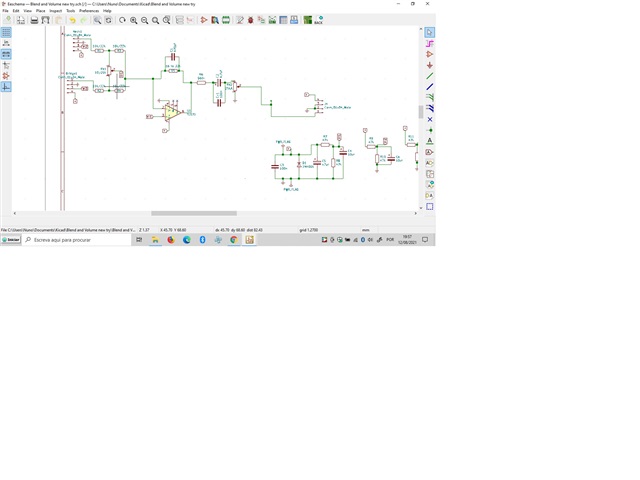Other Parts Discussed in Thread: OPA4171, , OPA4991, OPA2991, OPA2990, OPA171
Hi Team,
We have received this inquiry from our customer,
I have been using this opamp as well as opa2171 and opa4171 as it was advised by a member of your team. I wanted to ask for advice on what resistor values to use to create a voltage reference point when using these opamps? My design uses a single battery power supply and whenever using the inverting opamp as an input for the signal, the non inverting is connected to a Voltage reference point that I create using two 47k resistors, one to the rail and one to ground. Should I consider using other values(smaller/bigger?), and if so, why?
Regards,
Danilo



